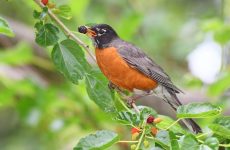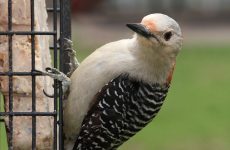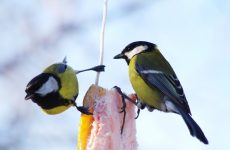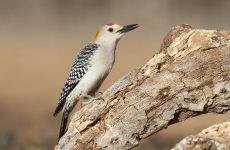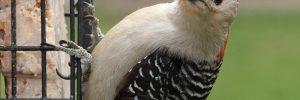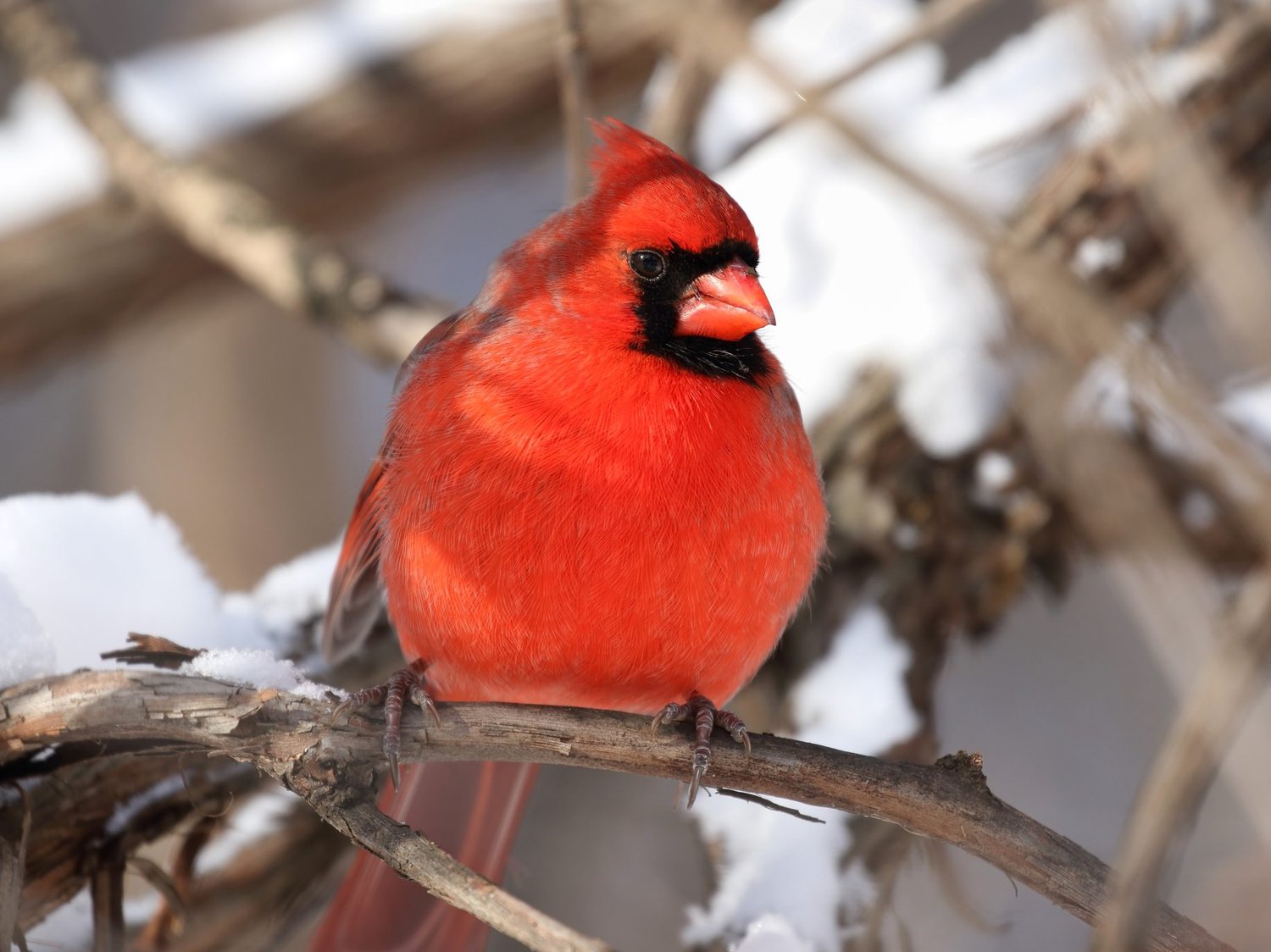
Northern cardinals, the most common sub-species of cardinals found in North America, are beautiful non-migratory birds. The males are bright red, and the female sports reddish-brown plumage just as stunning as her male counterparts.
Thinking about these beauties might make you wonder how cardinals survive the winter. How do these birds stay warm, what do they eat, and how can you get them to visit your winter garden?
There is no migration for cardinals in winter as they are year-round birds. Although, this depends on available food and shelter. In winter, they feed from bird feeders, eat insects, seeds, or fruits, and often nest in groups. They fluff out their feathers to create a layer of insulation for warmth.
Northern cardinals are spectacular birds, bringing cheer to any garden, especially in the winter, with a background of white snow to truly bring out their color.
Seeing some cardinals in winter might make you wonder about their migratory patterns, how they survive the winter, what they eat, and how they keep themselves warm.
Cardinals In Winter: Do They Migrate?
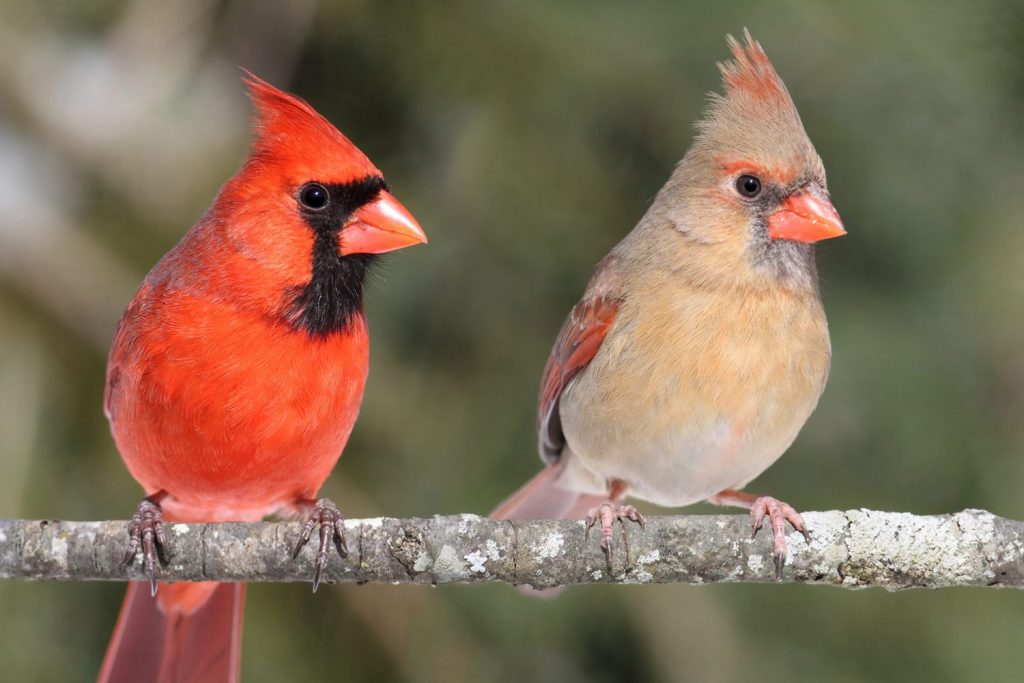
The northern cardinal is a non-migratory bird, meaning they stay in the same place year-round, opting not to seek out warmer climates when the weather gets colder. Although, this does not imply that all cardinals will stay in the same place year-round.
If it so happens that there is a lack of food supply during the winter, you might find that some cardinals will move to an area that can provide them with a more abundant food source.
If cardinals frequent your garden during the summer months, the chances are that they will continue to do so in the winter, as long as you or your garden provide them with a decent enough food source.
Chances are, once the temperatures drop, you might find that your local cardinal population will move in and stick closer to the residential areas as the food sources that nature provides them with dwindles.
So if you would like these birds to visit your backyard, then it would be a good idea if you provided them with a fresh supply of their favorite food.
Cardinals In Winter: How Do They Stay Warm?
Birds generally employ a few techniques to keep themselves warm, and northern cardinals use several methods during the colder winter.
One of the cardinals’ most essential techniques to keep warm is fluffing out their feathers. Not only does this make them fluffier and bigger, but it also helps trap heat between the feathers, creating an insulating layer that helps keep the cold air away from their bodies.
During the summertime and mating season, northern cardinals become very territorial, often fighting off other cardinals if they stray into their territory. During the winter, this does not seem to matter as much to them, and you will often find that mated cardinal pairs will join up with other mated couples, nesting together for warmth.
These flocks of cardinals are also called a conclave, college, radiance, deeck, or a Vatican of cardinals.
In winter, they will nest together inside bushy thickets or other suitable and safe nesting sites, and witnessing one of these nests is always spectacular.
These groupings benefit the cardinals in winter in more than one way. Firstly, they provide warmth in numbers when they huddle together, allowing them to maintain their body heat.
Secondly, they help each other by watching out for predators, which can become a big problem during the winter as their plumage makes them stand out against the snow.
Lastly, the pairs combine their territories, thus allowing for a wider area for all to search for food, ultimately lessening food shortages.
Cardinals In Winter: What Do They Eat?
Northern cardinals are omnivorous, meaning they happily snack on insects, fruits, and seeds. Overall, they are not picky eaters and have one of the most diverse appetites among the many different bird species.
A northern cardinal’s winter diet largely depends on available food sources. Overall, cardinals have a varied diet that includes but is not limited to:
- Grains (mostly oat, barley, and wheat)
- Tree nuts
- Weed seeds
- Crop seeds (squash, corn, and sunflower)
- Fruits (human-provided and wild)
- Flowering plants and nectar
- Small spiders
- Invertebrates (caterpillars, worms, and centipedes)
- Insects (crickets, flies, and katydids)
Cardinals In Winter: How Can You Aid Their Survival?
There are several ways you can help to aid in the survival of your local northern cardinal populations in winter.
1. Provide Them With Food
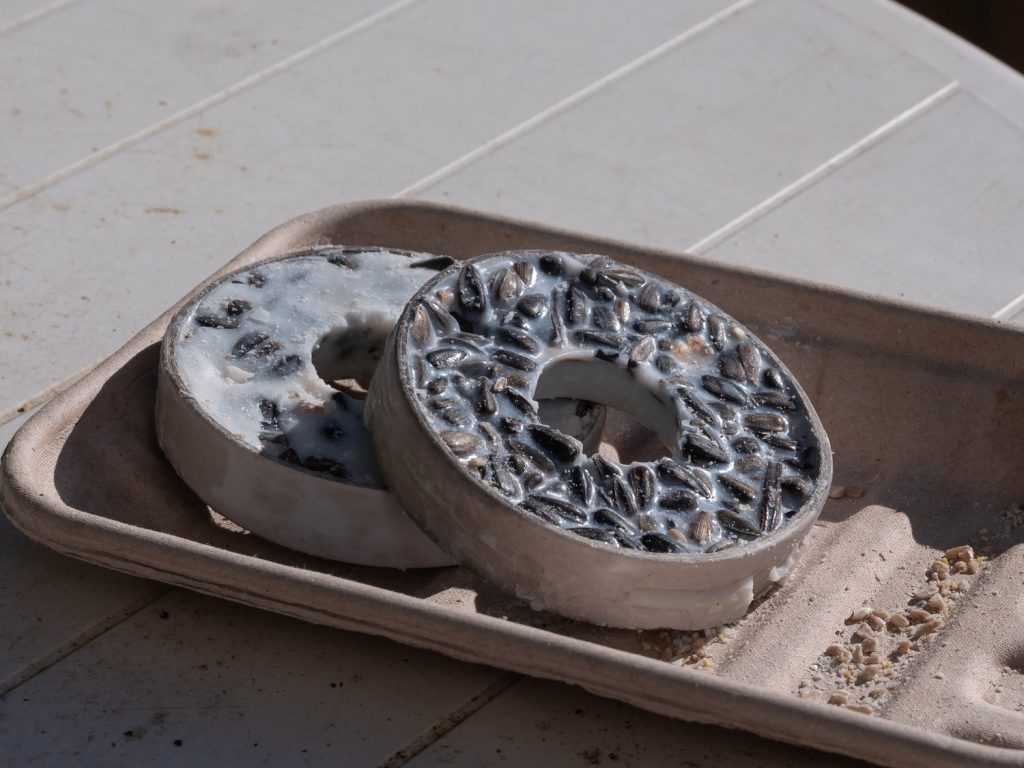
Records show that approximately only around 60% of northern cardinals will survive the winter. Those that perish often do so because of dwindling food supplies.
The best way for you to help northern cardinals survive the winter is to provide them with an abundant food supply for the cold months.
Always ensure that you fill your bird feeder with a good quality feed. Suet is an excellent choice as it contains good nutritious ingredients. Sunflowers seeds and safflowers seeds are also much loved by northern cardinals.
It would also benefit them if you provided a heated water bath. The bird bath will give them access to much-needed water during the colder months. The only thing with this would be that you would need to ensure that the water you provide is kept clean throughout the winter.
2. Provide Them With The Correct Type Of Feeder
Another way you can help is to ensure that you present their food in a way that is appealing to them.
Northern cardinals prefer to perch on a feeder tray rather than hover while feeding. They are medium-sized birds, so a tube feeder will not work for them.
The standing feeder you provide must be sturdy enough to withstand the birds’ weight. Also, it will need to be heavyweight and adequately secured to the ground so that it will not get damaged by the winter weather or hungry cardinals.
Northern cardinals are also habitual ground feeders, so when stocking your bird feeder, leave some seeds on the ground for them to scrounge up.
3. Place Your Feeder In A Safe Location
Also, try to ensure that you place your bird feeder in a safe enough area, not too low to the ground or in a place frequented by your or the neighbors’ cats or dogs.
Placed under a tree or near some shrubs or bushes will ensure they are not out in the open when feeding. This placement will help to reduce the chance of them getting spotted and hunted by other birds, such as hawks, squirrels, or other predators.
4. Plant Trees And Shrubs
You can also provide your local northern cardinal populations with an adequately outfitted garden, meaning you could plant shrubs or evergreen trees in your garden to shelter them during the winter.
If you don’t mind planting some fruit trees in your garden, you might consider mulberry, blueberry, or blackberry trees. They might not produce fruits in the winter, but they will provide the birds with a good winter roosting spot.
Final Thoughts
Northern cardinals are non-migratory birds, meaning they will remain in one place year-round unless otherwise dictated to by a lack of food supply. These birds use clever techniques such as group nesting and fluffing out their feathers to keep warm during the colder months.
There are several ways you can aid cardinals in winter, including providing them with a constant and good quality food supply and designing your garden with their winter comfort in mind.

